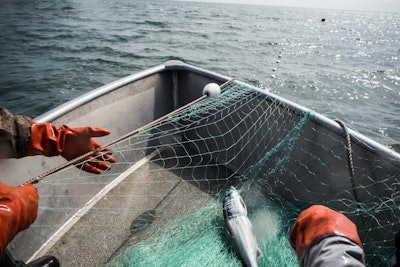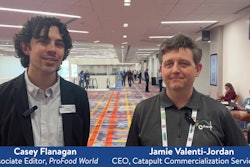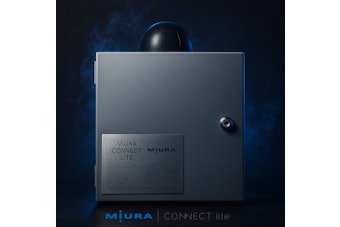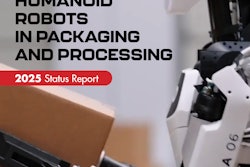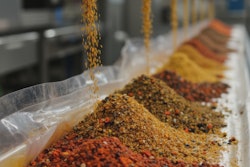Diesel consumption reduction, operational cost cuts, and greenhouse gas emission decreases are all benefits Redmond, Wash. seafood producer UniSea gained after it installed an ICE Thermal Harvesting Waste to Heat Power (WHP) system at its Dutch Harbor, Alaska processing facility.
UniSea processes and ships fresh fish from Dutch Harbor, focusing on sustainable, traceable, and quality methods for its customers. The range of products the company processes includes pollock block, surimi, pollock roe, pacific cod, and Alaskan crab. In addition, UniSea sends any remaining raw material to its rendering plant to produce fish meal, bone meal, and fish oil. The company also offers cold storage services from its facility in Redmond.
ICE Thermal’s WHP system works by capturing waste heat from existing generators at UniSea’s facility and coverts it into emissions-free electricity. The heat that the facility’s diesel generators normally release as exhaust or engine warmth is fed through equipment that transforms the thermal energy into electricity without burning extra fuel.
ICE Thermal says the system was engineered to operate in the harsh and remote conditions of the Alaskan Aleutian Islands and takes advantage of excess thermal energy from UniSea’s powerhouse and transforms it into usable power. This provides UniSea the diesel reduction, costs cut, and greenhouse gas reduction benefits.
A greater glimpse into the WHP’s system’s role in Dutch Harbor
The WHP system’s design aims to withstand the environmental challenges Dutch Harbor presents, which include high winds, seismic events, and frigid temperatures. UniSea’s existing powerhouse provided a means of system integration, which did not require overhaul to the processor’s infrastructure and ensured minimal disruptions during installation and operation.
In the initial three-week startup phase, the ICE system generated 67MWh of electricity, which represents 5000 gallons of diesel saved, the company says. The system looks to generate 300kW and replace roughly 3,500 gallons of diesel usage each week during processing seasons as commissioning is completed, and the project enters long-term operations.
"ICE Thermal's team members are true professionals in the waste-heat capture space. UniSea is proud to partner with them. Deploying the WHP system furthers UniSea's sustainability efforts by reducing our use of fossil fuels and is a significant step in achieving our decarbonization initiatives. This is a great moment for UniSea,” states Dustin Hamilton, UniSea's Chief Operating Officer.
As UniSea continues to grow its seafood processing, tools like the Waste to Heat Power System will be integral in energy efficiency and cost maintenance.
Beyond UniSea’s operations, the modular design of the WHP system allows it to be scalable and adaptable to facilities throughout Alaska. Rural and off-grid communities where diesel remains the primary energy source would be ideal targets for the solution.
